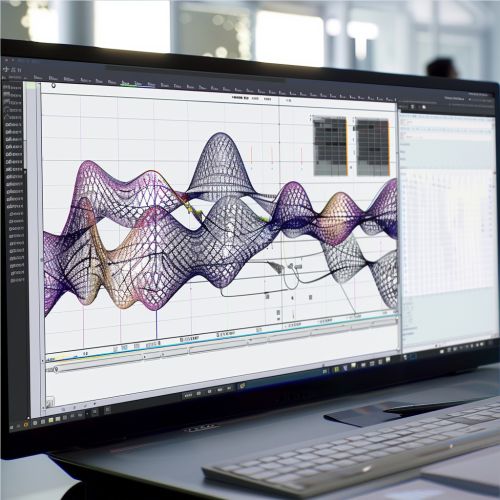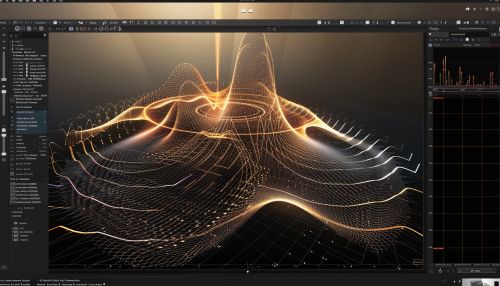Mathematica
Introduction
Mathematica, officially known as Wolfram Mathematica, is a modern technical computing system spanning most areas of technical computing — including neural networks, machine learning, image processing, geometry, data science, visualizations, and others. The system is used in many technical, scientific, engineering, mathematical, and computing fields.


History
Mathematica was conceived by Stephen Wolfram, a British scientist, in the late 1980s. Wolfram led a team of mathematicians and programmers that began the development of Mathematica in 1986. The first version of Mathematica was released on June 23, 1988, and it has continually evolved ever since.
Features
Mathematica provides a single integrated, continually expanding system that covers the breadth and depth of technical computing. Some of its key features include:
Symbolic Computation
One of the key features of Mathematica is its ability to carry out computations symbolically. This means that it can manipulate mathematical entities directly in terms of their defining formulas or properties. For example, Mathematica can solve equations symbolically, factorize polynomials, compute derivatives and integrals, and perform many other operations that involve symbolic computation.
Numerical Computation
Mathematica is also capable of high-precision numerical computation. It can handle real numbers, complex numbers, and arbitrary-precision arithmetic. Mathematica's numerical capabilities also include linear algebra, optimization, numerical integration and differential equations, and various other types of numerical computations.
Graphics and Visualization
Mathematica is known for its powerful graphics capabilities. It can create 2D and 3D plots, contour plots, density plots, color maps, and many other types of visualizations. Mathematica's graphics are interactive, allowing users to manipulate them directly in the notebook interface.
Programming
Mathematica includes a complete high-level programming language. The language, often referred to as the Wolfram Language, is a general-purpose language that supports procedural, functional, and object-oriented constructs. It also includes features for pattern matching, rule-based programming, and other advanced programming paradigms.
Interactivity
Mathematica supports interactive manipulation of parameters in its visualizations, which allows users to explore mathematical models and other complex systems interactively. This feature, known as Manipulate, is a key part of Mathematica's support for exploratory computing.
Documentation and Help System
Mathematica has a comprehensive documentation system, which includes thousands of pages of documentation, examples, and tutorials. The documentation is integrated into the system, so users can access it directly from within Mathematica.
Applications
Mathematica is used in a wide range of fields, including physics, computer science, engineering, mathematics, finance, and many others. Its flexibility and power make it a tool of choice for many researchers and professionals around the world.
Physics
In physics, Mathematica is used for symbolic computation in quantum mechanics, general relativity, and other areas. It is also used for numerical computation in areas such as fluid dynamics, plasma physics, and many others.
Computer Science
In computer science, Mathematica is used for algorithm development, machine learning, data mining, image processing, and network analysis. It is also used for creating interactive applications and for software development.
Engineering
In engineering, Mathematica is used for control system design, signal processing, and system modeling. It is also used for numerical computation in areas such as finite element analysis, optimization, and others.
Mathematics
In mathematics, Mathematica is used for symbolic computation in algebra, calculus, geometry, and other areas. It is also used for numerical computation in areas such as numerical linear algebra, optimization, and others.
Finance
In finance, Mathematica is used for quantitative analysis, risk analysis, and financial modeling. It is also used for data analysis and visualization.
See Also
- Wolfram Language
- Computational Science
- Symbolic Computation
- Numerical Analysis
- Computer Algebra System
